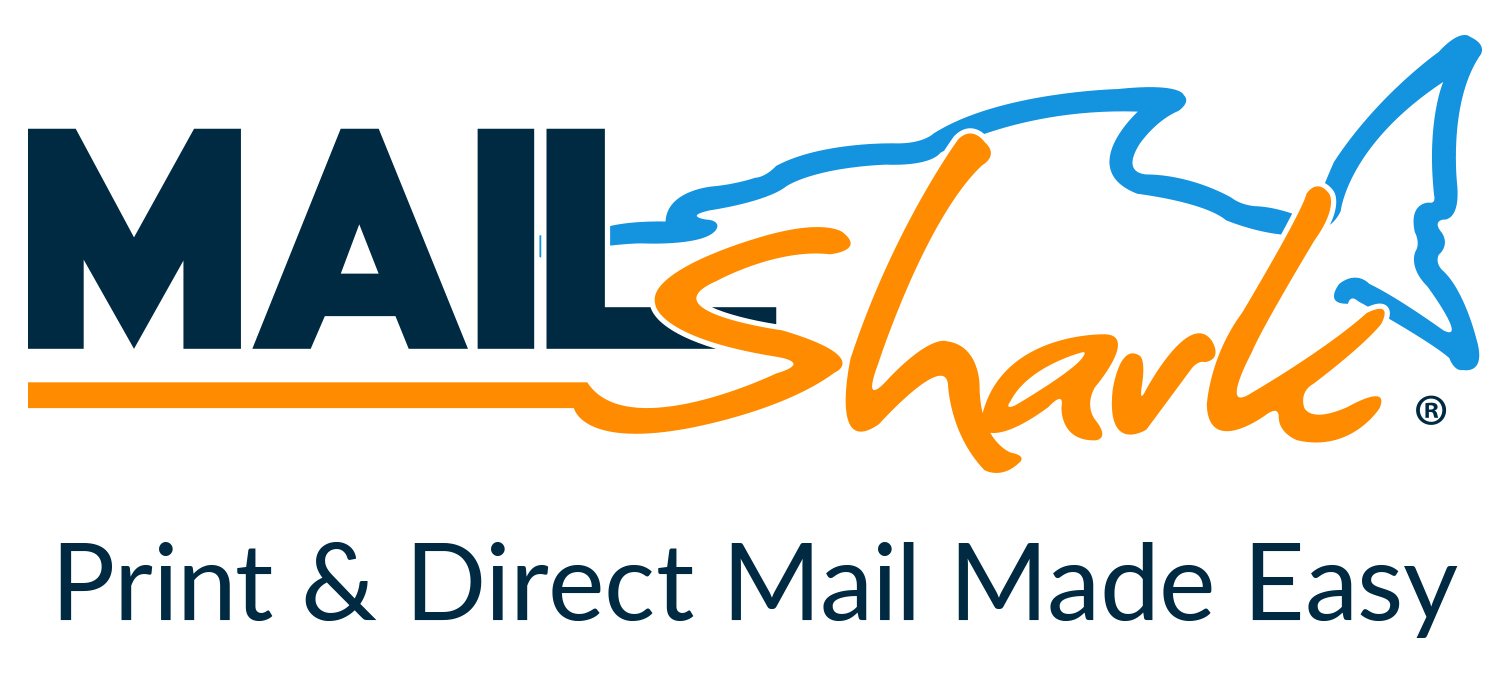By
carmcapriotto
Thanks to our Partner, NAPA TRACS and AutoFix Auto Shop Coaching A deep dive into the SWOT analysis of our industry with a panel of shop owners. As we navigate the evolving automotive landscape, it's crucial to turn threats into opportunities, revving up for success. Andy Fiffick, CEO Rad Air, 10-locations, franchise. Listen to Andy’s other episodes HERE Greg Bunch, Aspen Auto Clinic, Transformers Institute. Listen to Greg’s previous episodes HERE. Brian Sump, Avalon Motor Sports, and Urban Auto Care, CO. Brian’s previous episodes HERE
Watch Full Video Episode
The Concept of Mastermind (00:01:58) Discussion on the concept of mastermind, its origins, and its application in the automotive industry.
The Role of Independent Repair Shops (00:02:47) The nimbleness and expertise of independent repair shops compared to dealership networks, and the need for better public perception.
Challenges of Independent Repair Shops (00:04:49) The weaknesses and challenges faced by independent repair shops, including the lack of unified marketing efforts and lobbying.
Perception and Marketing of the Industry (00:09:16) The need for greater respect and recognition for the automotive aftermarket industry, and the importance of effective marketing strategies.
Courage and Self-Respect (00:12:36) The courage and self-respect required to succeed in the automotive industry, along with the need for transformation in mindset.
Advancements in the Industry (00:14:35) The industry's progress and advancements, challenges faced by smaller independent shops, and the industry's value and fragmentation.
Image and Perception of Independent Shops (00:16:25) The importance of image, modernization, and professionalism in independent repair shops to build trust and attract customers.
Training Engagement (00:17:15) Discussion on the importance of owners engaging in training with employees and setting an example.
Shop Management System (00:17:49) Importance of a shop management system for profitability and efficiency, and the support and training offered by NAPA TRACS.
Auto Shop Coaching (00:18:00) The benefits of Auto Shop Coaching in redefining success and efficiency within a shop, and the importance of accountability.
Owners' Involvement in Training (00:21:03) The importance of owners attending training classes and being involved in the learning process to understand and support their employees.
Challenges in Attracting Talent (00:23:36) Discussion on the challenges of attracting and retaining young talent in the automotive industry.
Opportunities in Change (00:28:07) The positive aspects of change, embracing new technology, and being first to market with innovative equipment.
Industry Opportunities (00:29:58) Discussion on the opportunities for growth and impact in the automotive industry, despite challenges and competition.
Rising to the Opportunity (00:30:47) Embracing the opportunity to make a significant impact in the industry through creativity, thought, and effort.
Car Count and Economy (00:33:37) Discussion on the impact of car count and the economy on the automotive industry.
Challenges with Car Maintenance (00:34:16) Issues with consumer awareness of car maintenance, including oil changes and service intervals.
Barrier to Entry (00:35:29) The increasing barrier to entry for new shop owners due to technological advancements and specialized skills required.
Consolidation and Opportunities (00:38:26) Opportunities for family-owned and independent operations amidst market consolidation and private equity involvement.
Threats and Strategic Thinking (00:43:22) Discussion on threats such as constant change, aging technicians, and government involvement, and the need for strategic thinking.
Future of the Automotive Industry (00:46:52) Optimistic outlook on the future of the industry, including the potential for strong independent shop operators to thrive.
Mental Resilience and Rising Costs (00:48:31) The importance of mental resilience and adapting to rising costs as a key factor in the industry's success.
Thanks to our Partner, NAPA TRACS NAPA TRACS will move your shop into the SMS fast lane with onsite training and six days a week of support and local representation. Find NAPA TRACS on the Web at http://napatracs.com/ Thanks to our Partner, Auto-Fix Auto Shop Coaching Proven Auto Shop Coaching with Results. Over 61 Million in ROI with an Average ROI of 9x. Find Coach Chris Cotton at AutoFix Auto Shop Coaching on the Web at https://autoshopcoaching.com/ Connect with the Podcast: -Follow on Facebook: https://www.facebook.com/RemarkableResultsRadioPodcast/ -Join Our Private Facebook Community: https://www.facebook.com/groups/1734687266778976 -Subscribe on YouTube: https://www.youtube.com/carmcapriotto -Follow on LinkedIn: https://www.linkedin.com/in/carmcapriotto/ -Follow on Instagram: https://www.instagram.com/remarkableresultsradiopodcast/ -Follow on Twitter: https://twitter.com/RResultsBiz -Visit the Website: https://remarkableresults.biz/ -Join our Insider List: https://remarkableresults.biz/insider -All books mentioned on our podcasts: https://remarkableresults.biz/books -Our Classroom page for personal or team learning: https://remarkableresults.biz/classroom -Buy Me a Coffee: https://www.buymeacoffee.com/carm -The Aftermarket Radio Network: https://aftermarketradionetwork.com -Special episode collections: https://remarkableresults.biz/collections
Click to go to the Podcast on Remarkable Results Radio






.thumb.jpg.2b345efc275b9df0af2bbb306a10a78a.jpg)











Recommended Posts
Create an account or sign in to comment
You need to be a member in order to leave a comment
Create an account
Sign up for a new account in our community. It's easy!
Register a new accountSign in
Already have an account? Sign in here.
Sign In Now